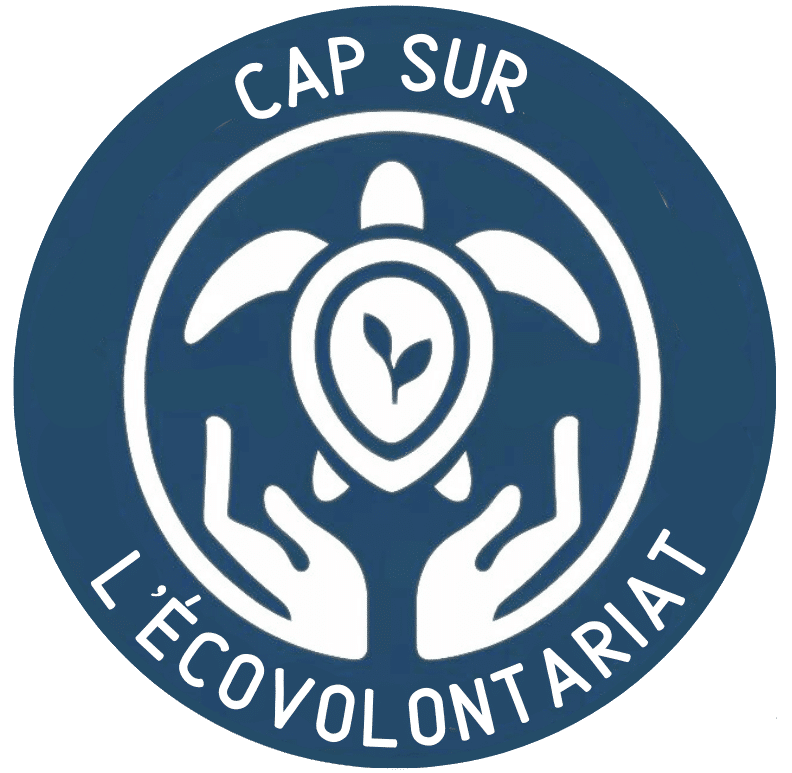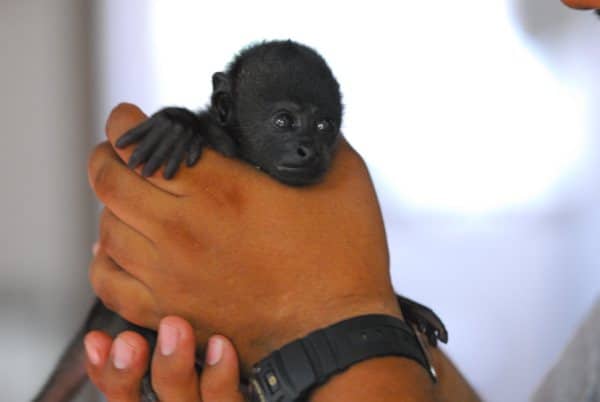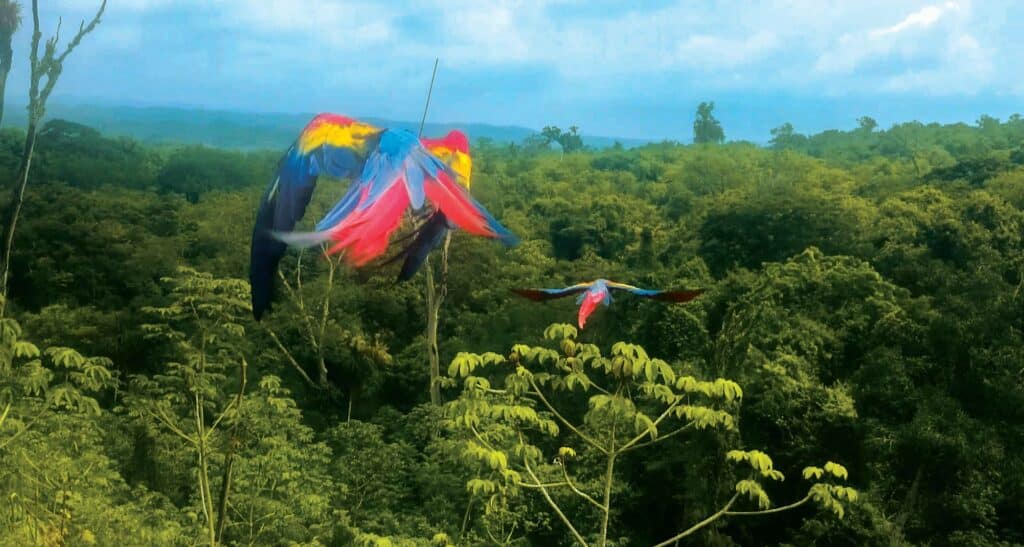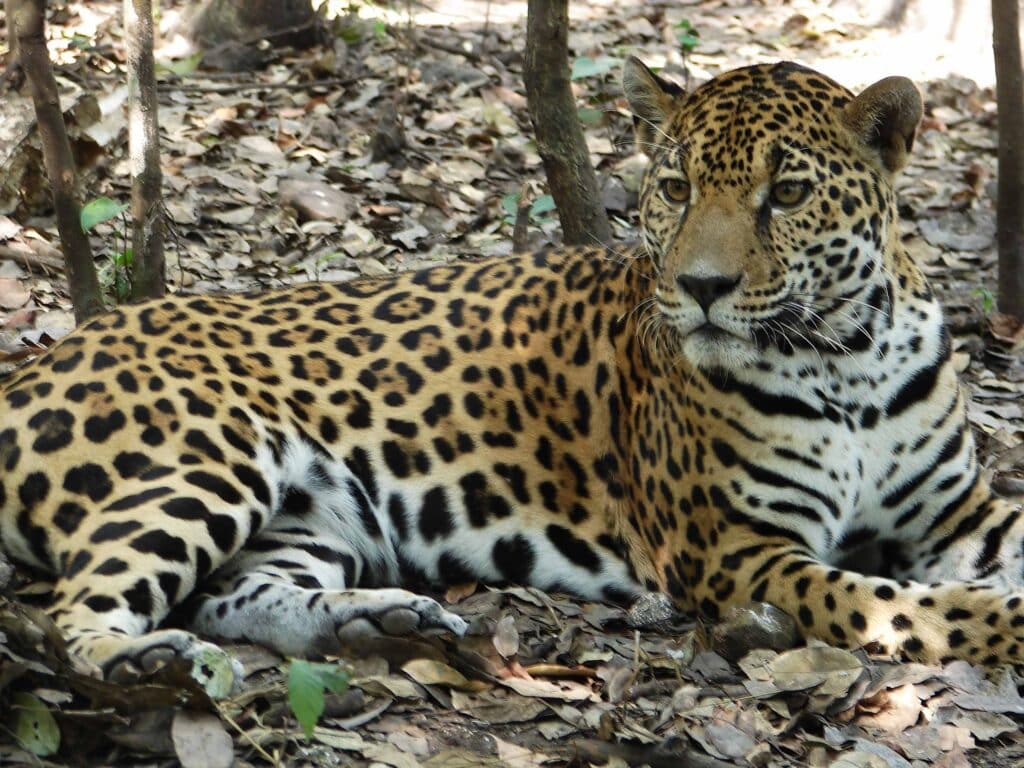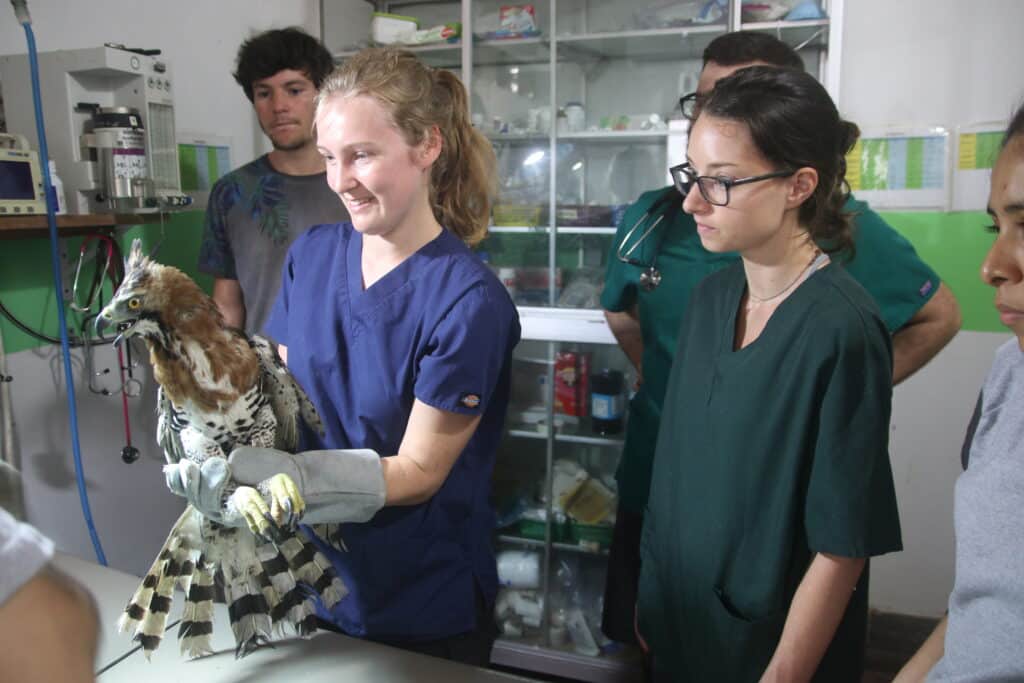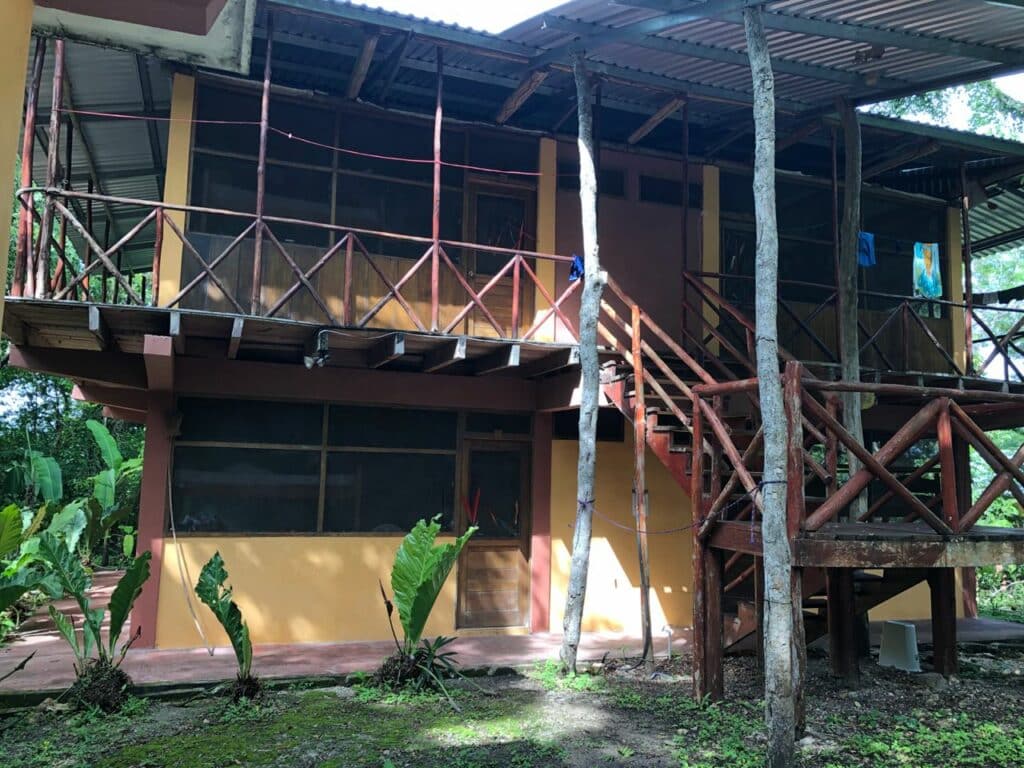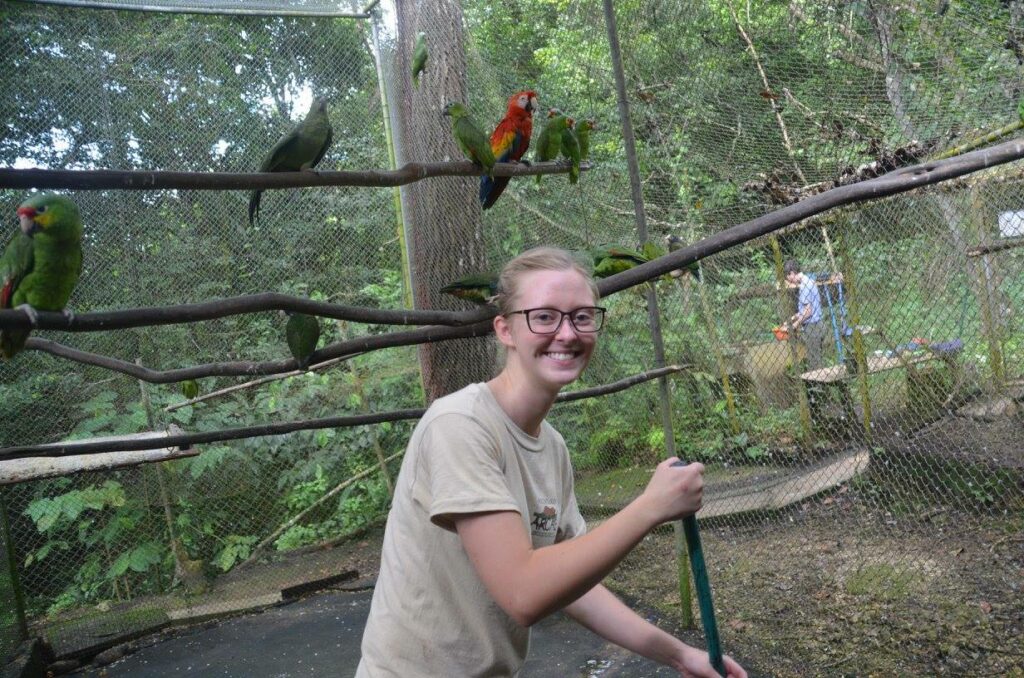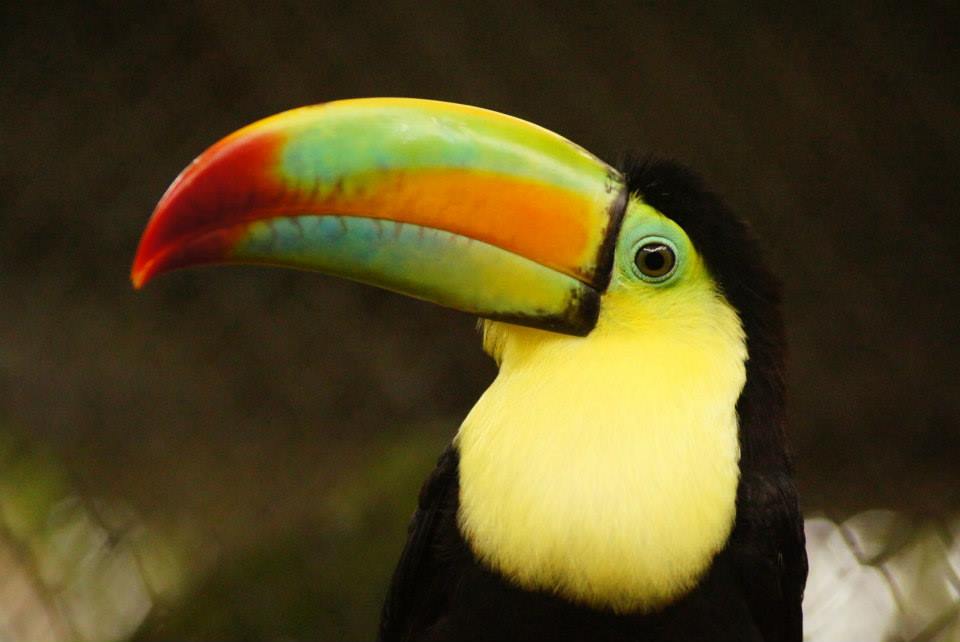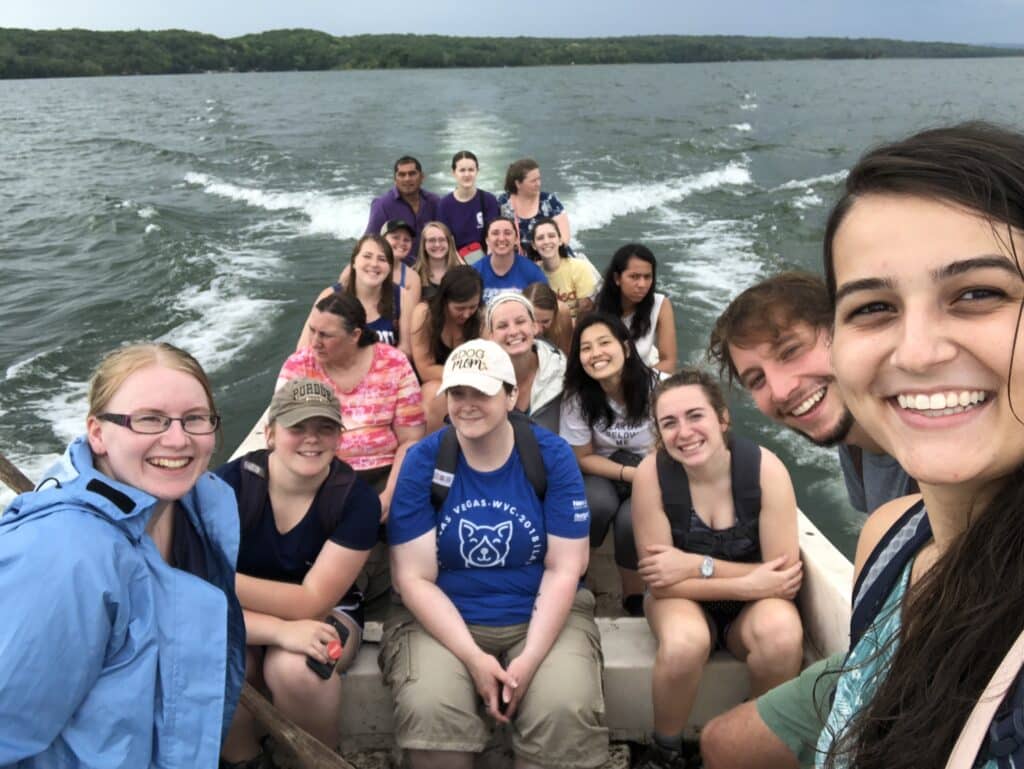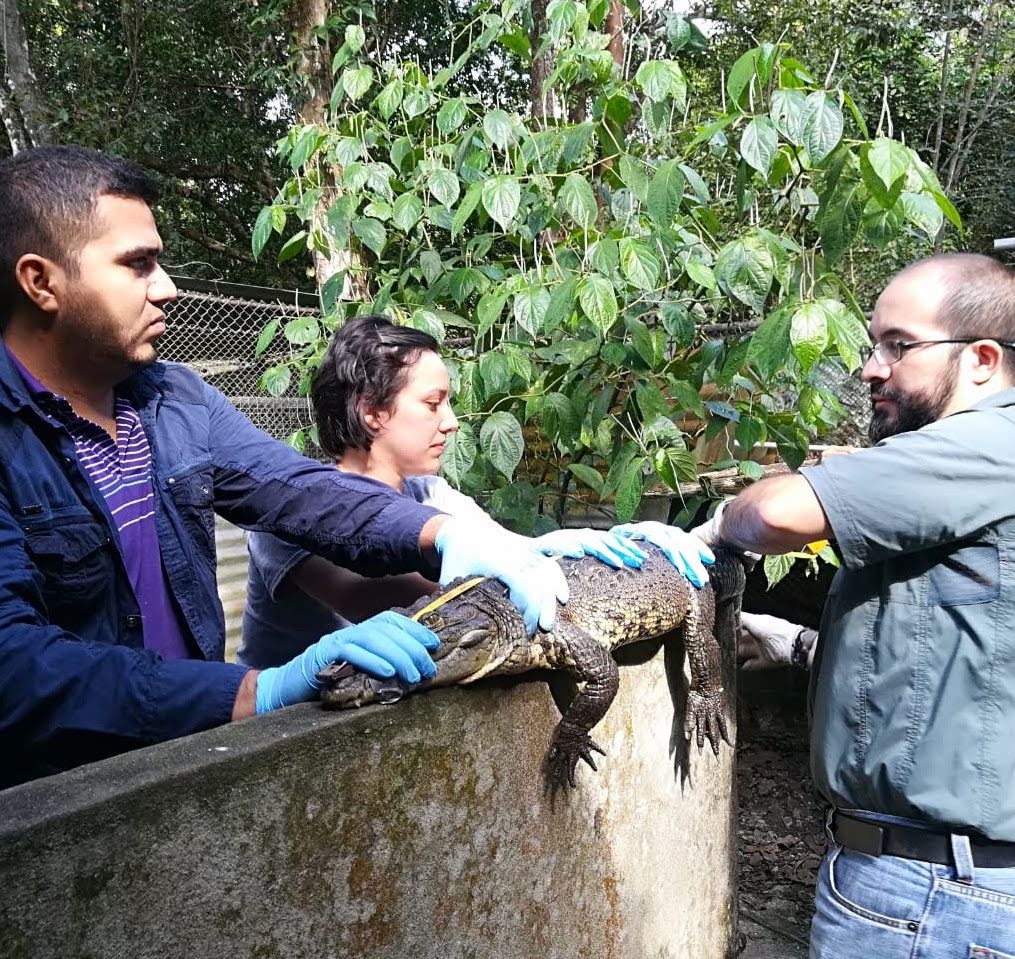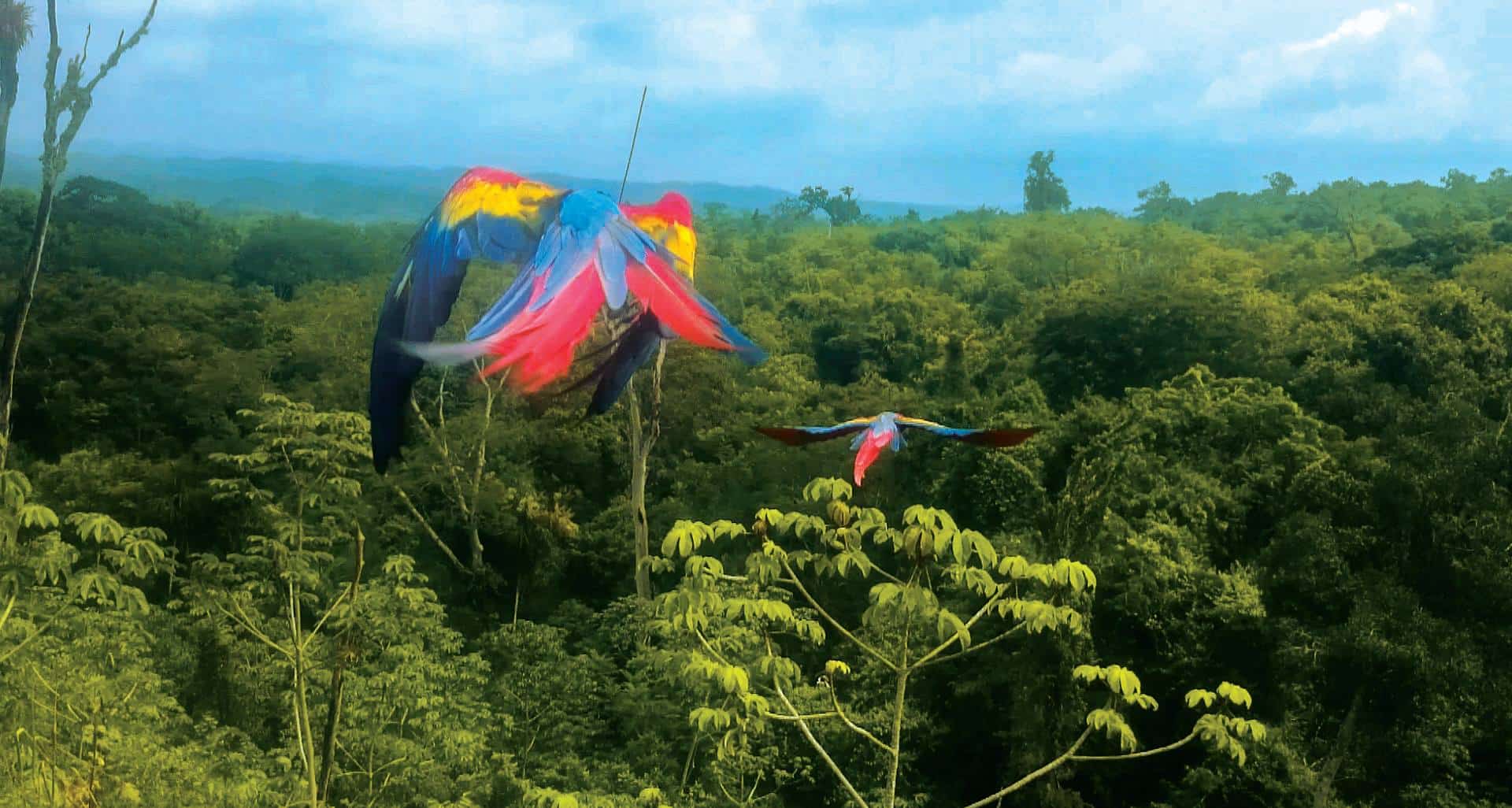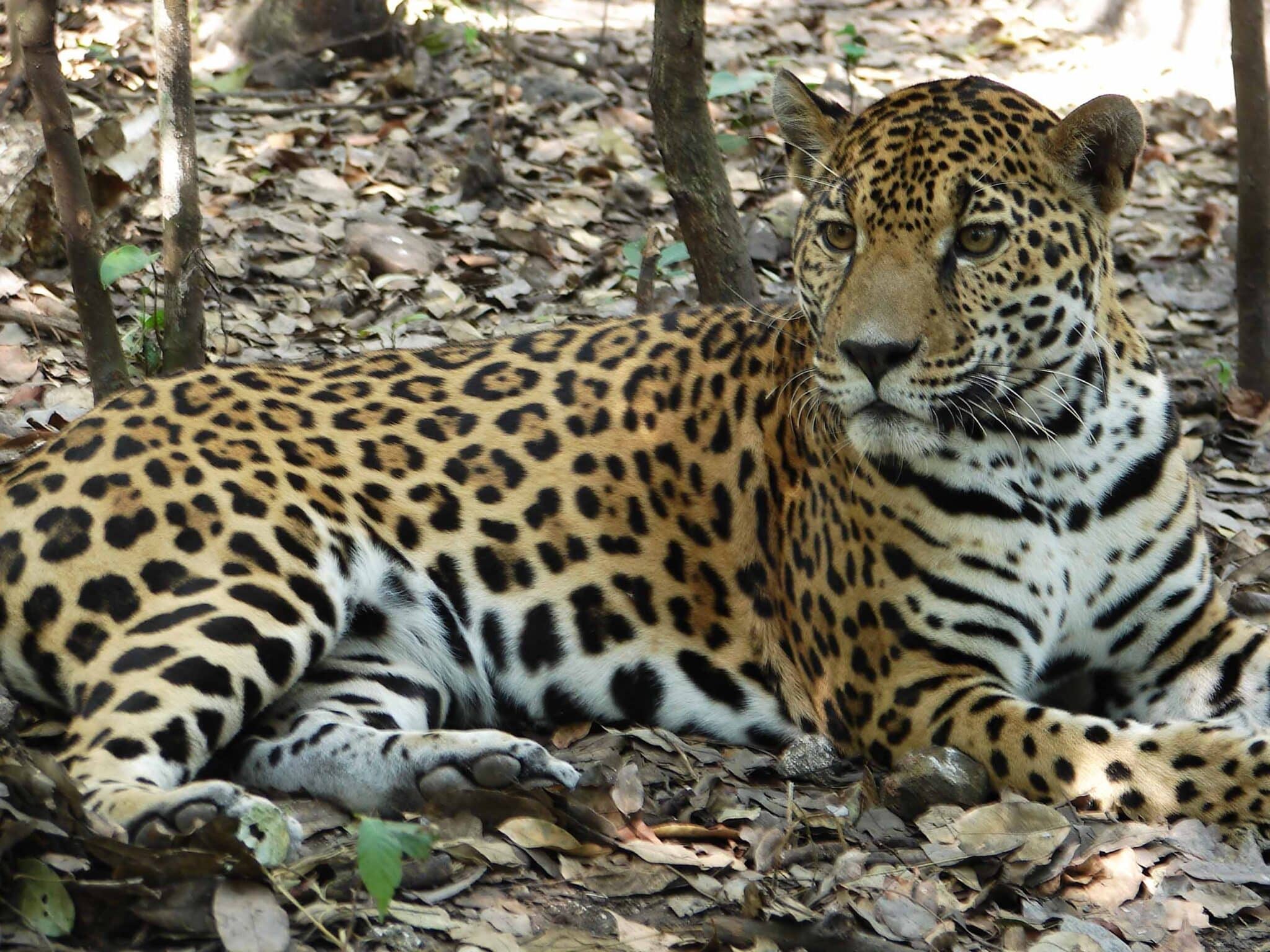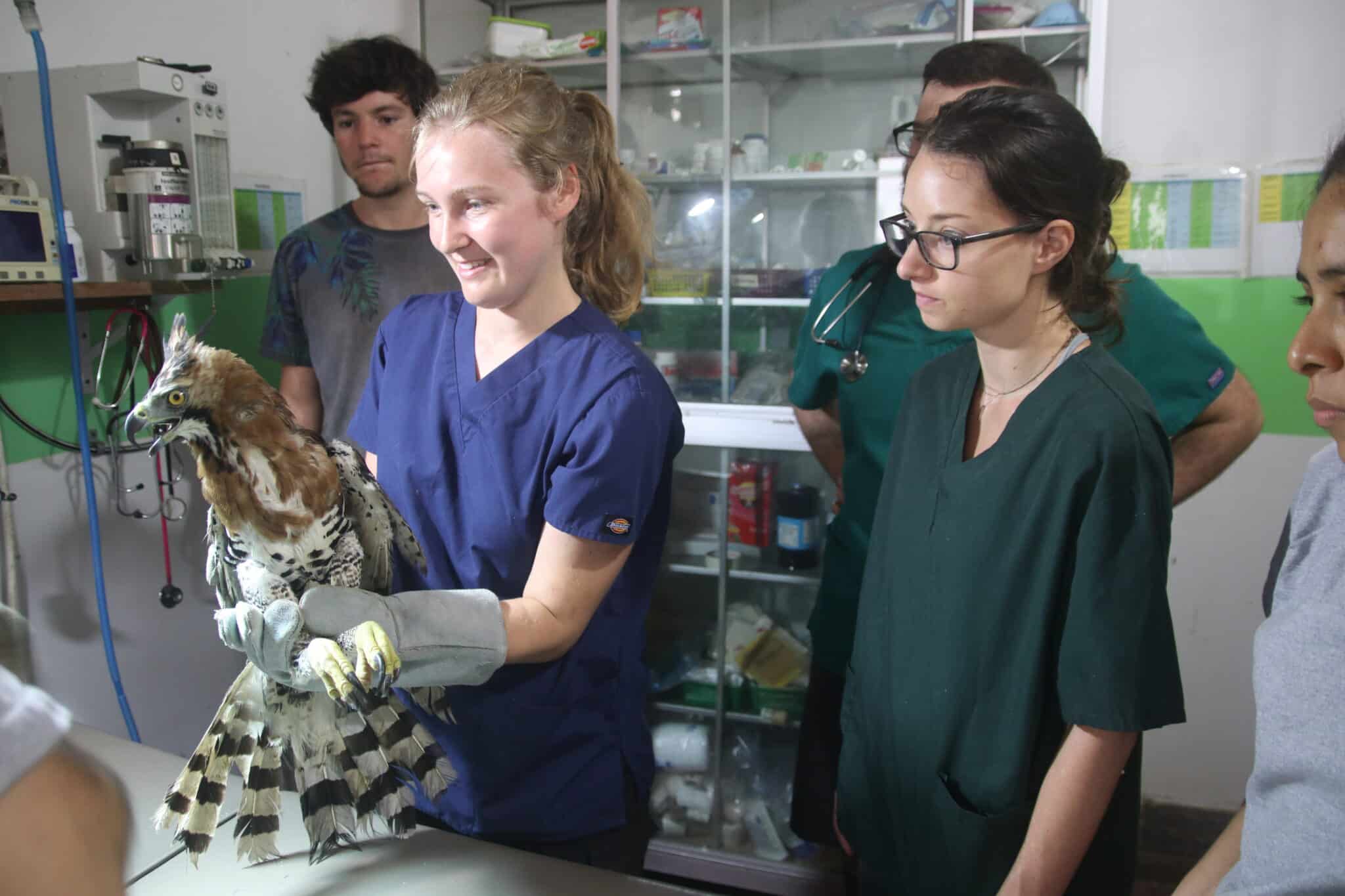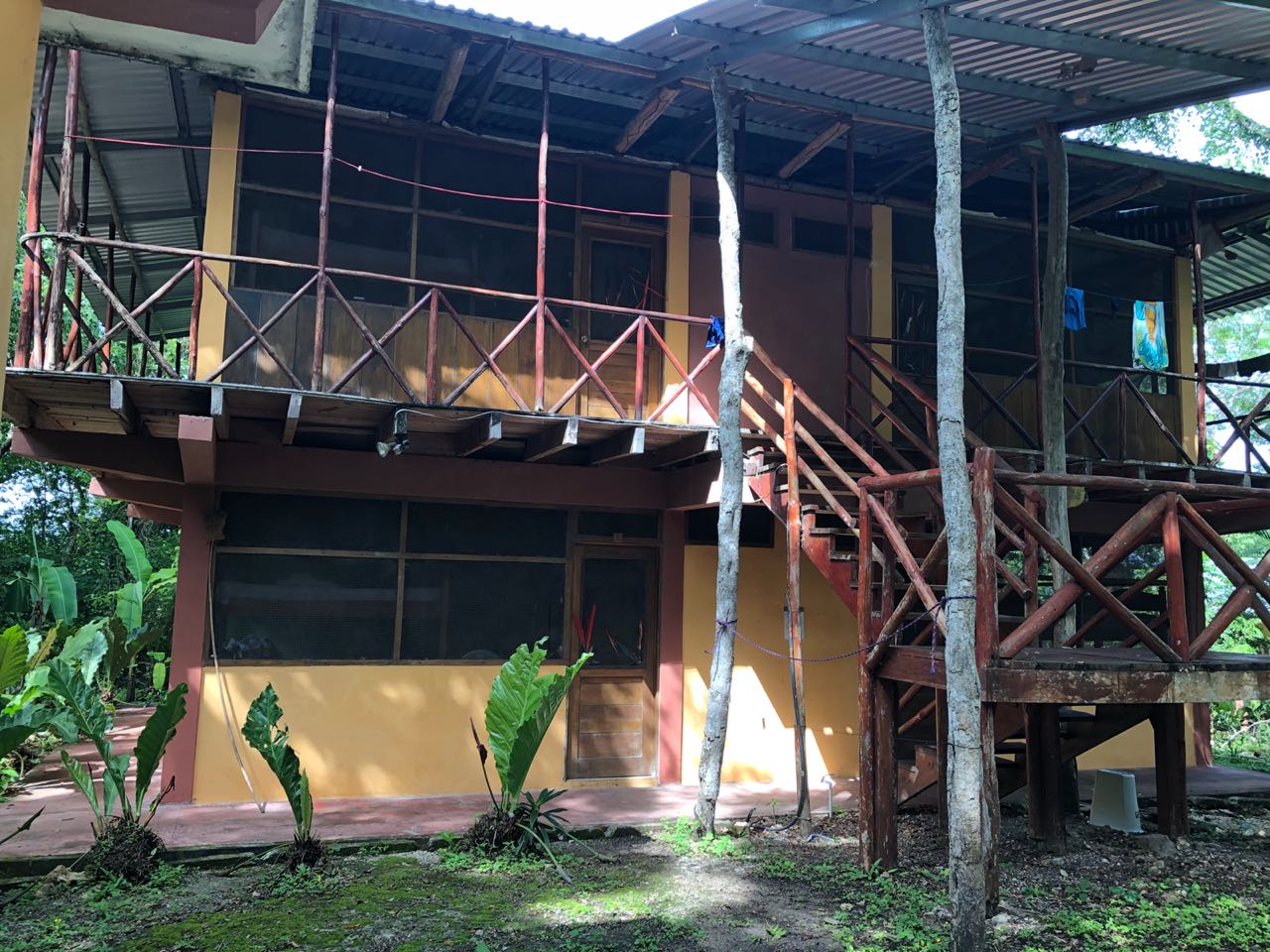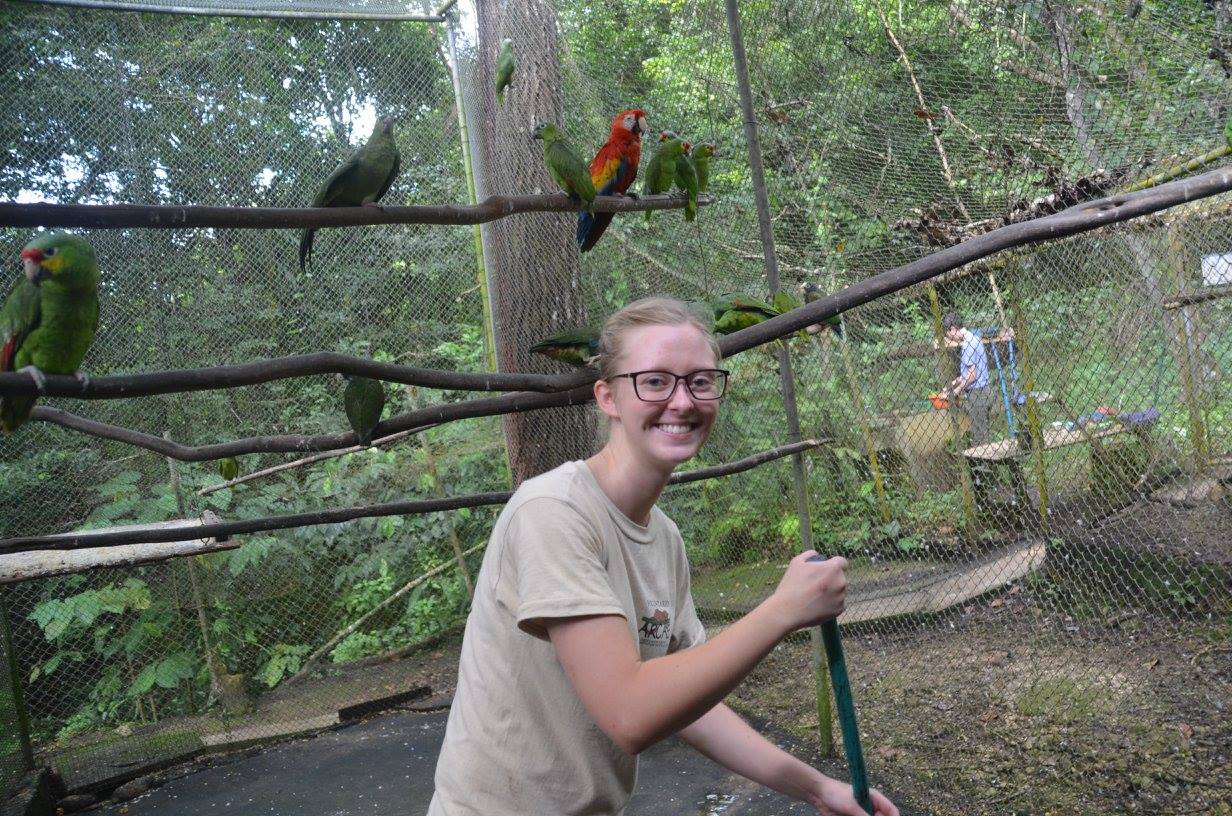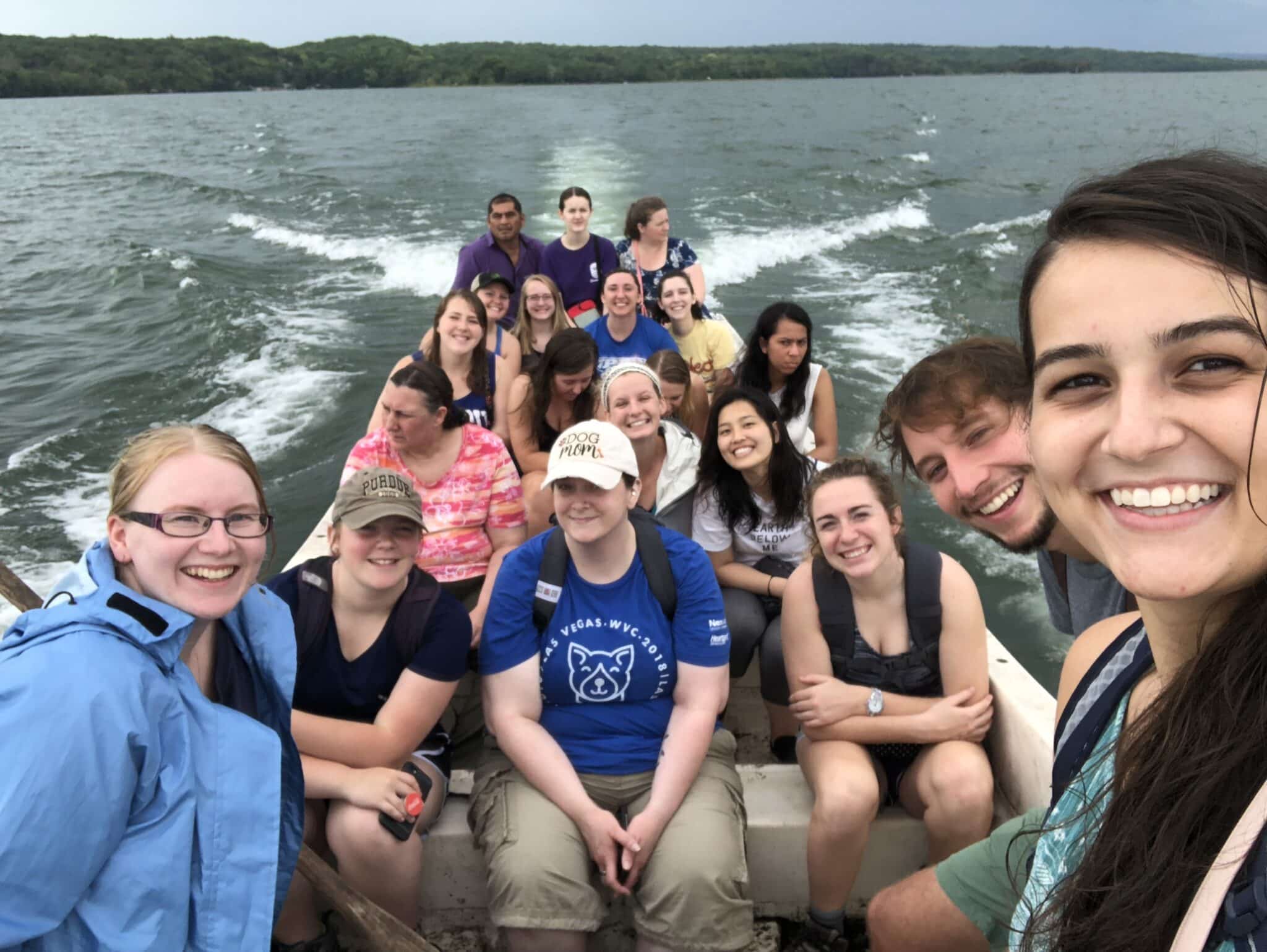Protect wildlife as an eco-volunteer in an animal sanctuary in Guatemala. An unforgettable experience just a stone's throw from Mayan archaeological sites. All volunteer programs here
Protecting wildlife and its habitat
This volunteer project in Guatemala takes place at a wildlife rescue and environmental conservation center. The center is dedicated to the protection of wildlife and its habitat. It was set up in 1989 to care for and rehabilitate wild animals destined to be sold on the black market.
The center's main objectives are to
- Ensuring biodiversity conservation
- Protecting and studying wildlife
- Rescue wild animals from traffickers and rehabilitate them so that they can be reintroduced into their natural habitat.
- Supporting veterinary research on tropical wild animals
- Helping to reproduce and reintroduce endangered animals
- Raising public awareness of environmental protection through an education program
- Create alternative sources of income for rural communities to use natural resources sustainably.
- Since its creation, the animal rescue center has expanded its activities to include environmental education, the administration of protected areas, sustainable community development, ecotourism and reforestation.
400 to 600 wild animals treated each year
The center is responsible for treating all seized wild animals and reintroducing them into the wild under an agreement with the Guatemalan government. Every year, 400 to 600 wild animals of over 35 different species are treated at the largest and most sophisticated rescue center of its kind in Latin America.
Minimize human contact
Most of the animals that arrive at the rescue center are in poor condition. Many animals are malnourished, anxious and injured. As a result, animals are quarantined for at least 45 days. Their general condition, including health and behavior, is assessed during this period, and their diet is restored. Working in quarantine requires careful attention to the animals' needs, while keeping human contact to a minimum.
The role of volunteers at the wildlife sanctuary
Cleaning cages, preparing food and monitoring the animals' health are at the heart of the volunteers' activities. Due to the stress of capture, many animals have health problems when they arrive at the center. They need constant monitoring and medical care. Although they do need care, the center's staff try to avoid the animals being "tagged" by people. The refuge team also asks volunteers not to handle the animals any more than necessary, as many will be released back into the wild. Animals released into the wild that have become accustomed to humans are much less likely to survive.
Physical and psychological needs
Animals kept in captivity also need attention for their physical and psychological well-being. These needs can be divided into four categories: Environment, dietary needs, behavior and care. While avoiding contact with the animals, enclosures must be inspected regularly to ensure that each of these four needs is met. It is essential to preserve the wild nature of these animals.
Work is organized according to the animal's internal clock
Everyone at the rescue center is expected to do their bit. Volunteers are assigned specific tasks. Early in the morning, the animals are fed and the cages are cleaned. Instead of following human schedules, the animals follow their own internal clocks, requiring early morning shifts to feed them. Later in the day, when the temperature and humidity call for rest, it's the ideal time to relax and unwind. It's a popular time for volunteers to sunbathe, swim and relax by the lake.
In addition to the daily routine of feeding and caring for the animals, you will be involved in other activities such as :
- Construction of additional cages or structures
- Trail maintenance
- Collecting food for the animals and acquiring knowledge about the diet of wild animals.
Depending on your training and skills, you may also be required to take part in veterinary medical procedures and treatments, as well as regularly taking blood and excrement samples to check the animals' state of health. There's plenty of time at night and during pleasant afternoon naps to reflect and listen to the enigmatic sounds of the jungle. All the wild animals in your immediate environment contribute to the experience. Their lives are in your hands! Just stop for a moment, observe and pay attention, and you'll understand that preserving our planet's jungles is a truly worthwhile undertaking.
Nota Bene: tasks may vary. They depend on factors such as the number of volunteers, the weather, the season, current project needs and personal motivation. Not all volunteers can fully participate in all tasks.
Dates
- All year round minimum 2 weeks
Fees
- Application fee: €150
- Program fee: €780 (for a minimum 2-week stay)
- Additional week: €240
Included in price
- Shared room in the volunteer house
- Breakfast, lunch, dinner
- Pick-up in Flores (airport or bus stop)
- Professional advice in English
- Translation of your application documents
- Volunteer internship in Guatemala
- English-speaking support in the country
- Guatemala manual
- Intercultural guide
- 24/7 emergency number
- Information on suitable travel insurance
- Certificate of participation
Not included in price
- Airline tickets
- Travel insurance
The refuge
Guatemala's wildlife rescue and rehabilitation center is located on a 45-hectare site near a lake. It features a quarantine area, a veterinary clinic, three large rehabilitation enclosures, a kitchen, a dining room, a workshop, accommodation for volunteers, housing for employees and an attractive floating dock. To reduce animal stress, cages and pens are scattered throughout the jungle.
L'Hébergment
Volunteers live in volunteer houses, set in large, two-storey wooden structures in a magnificent tropical forest. The houses are equipped with wooden bunk beds, showers, toilets and electricity. A lovely floating dock is available for late-afternoon swimming. Meals are served in a large kitchen and dining room.
Location
The Petén region, in the north of the country, is home to the magical Petén Itzá lake, and this is where the volunteer project is located. The center is located on the shores of Lake Petén Itzá, and the charming town of Flores can be reached in ten minutes by boat or an hour by car. It takes around 12 hours to get to Guatemala City by bus, but there are also daily flights. The region is part of the Mayan Biosphere Reserve which, along with the Calakmul Reserve, the Montes Azules Reserve, the Ro Bravo Reserve in Belize and other reserves in Mexico and Belize, constitutes the second largest block of tropical forest in the Americas (4.23 million hectares).
The town of Flores is a 10-minute boat ride away, and Tikal, the best-known Mayan archaeological site, can be visited over a weekend. In addition to its abundant biodiversity, the region is home to several famous and recently discovered Mayan archaeological sites, including the impressive Tikal temple complex in the middle of the jungle. The best thing to do in your free time is certainly to visit the ancient Mayan ruins of Tikal.
In Flores, you can also watch the sunset from a rooftop bar, explore the ruins of Uaxactún or Yaxha, stroll through the Flores markets, shop for souvenirs, enjoy outdoor sporting activities in the water or on land, visit the surrounding nature parks, etc.

Partner agency
Le partenaire is an intercultural agency founded in 2003 by Marion, a German living in Chile. Marion specializes in organizing solidarity and participatory trips, ecovolunteer programs, language stays and educational programs throughout Latin America. This agency offers missions in Chile, Costa Rica, Nicaragua, Ecuador... Whether you're a student, professional or retired, its trips are designed for those who want to experience Latin America in a different way from that of a simple tourist. All stays with South America Inside
